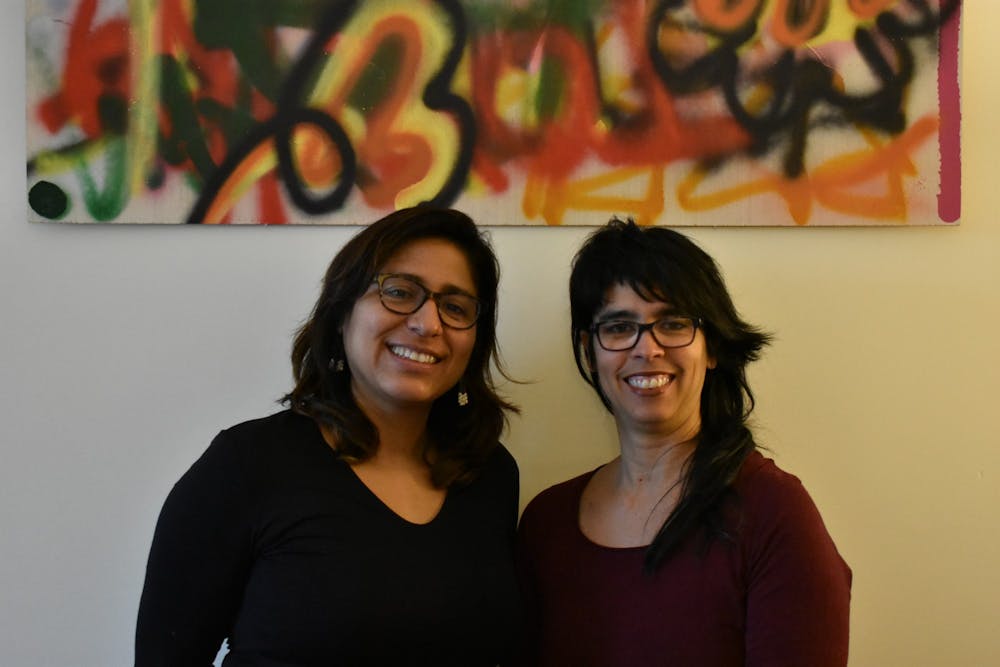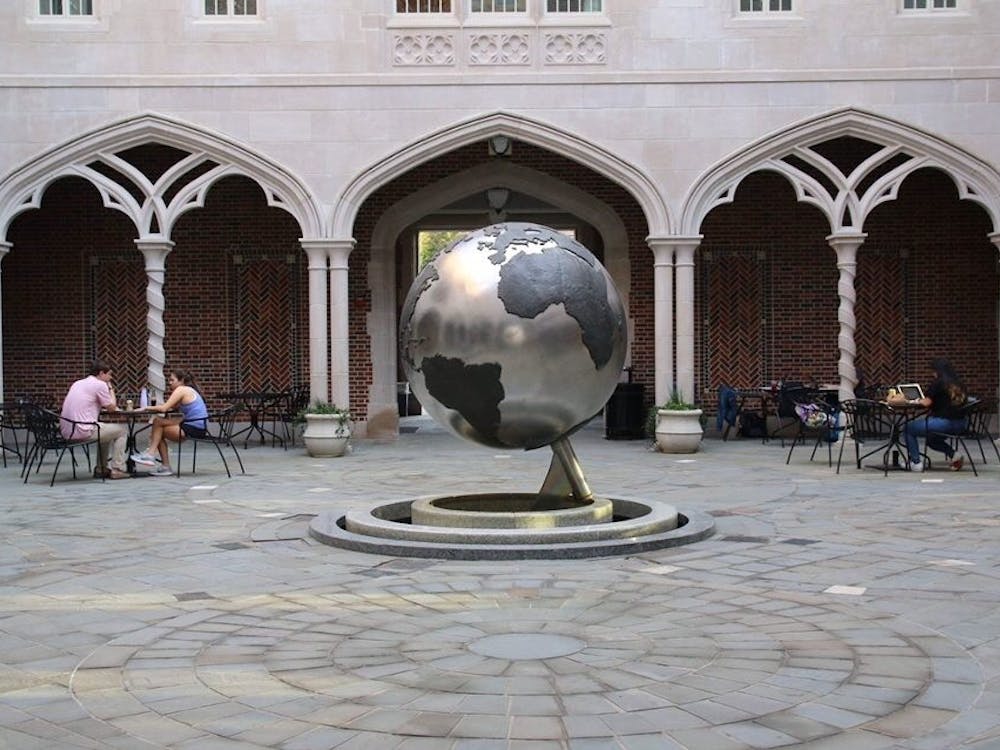A collaborative arts course is being taught for the first time this spring to commemorate the University of Richmond’s institutional history. The class is part of a series of new courses being offered that is connected to the goals of the Making Excellence Inclusive report.
Collaborative Arts Lab: Dance, Humanities and Technology will be taught by theater professor Patricia Herrera and dance professor Alicia Díaz. Herrera and Díaz have both taught a number of performance-based classes that use art to engage with social justice issues.
As of fall 2019, the two professors have been part of a faculty cohort dedicated to “uncovering UR’s history and legacies.” The Office of the Provost created the cohort to engage students with UR’s legacies in light of research efforts regarding the school’s history of race and racism.
Among these efforts include research led by Lauranett Lee, a public historian and current visiting faculty member of UR. This research seeks to uncover information regarding the possible burial grounds beneath campus, as well as information about Robert Ryland and Douglas Southall Freeman, who have campus buildings named after them. Ryland was the founder and first president of Richmond College, and Freeman was a Richmond College graduate.
The course is a part of the dance curriculum at UR but has never been taught before, Díaz said. After wanting to teach the class for over a year, she and Herrera decided now would be the best time to do so.
“[The course] aligned with the direction the university is taking, but it’s in line with the kind of thinking and the work we have been doing and envisioning,” Díaz said. “So in thinking what could be done in a course like this, we decided to collaborate and engage with this history that we were becoming aware of together.”
The course is expected to draw in students from a variety of disciplines including, but not limited to, dance, theater, American studies, women, gender and sexuality studies and music, Díaz said.
“I think something important for students is to come knowing that everyone has something important to contribute to the conversation,” Díaz said. “Students from any other discipline can and should participate, so what will make the course really rich is to have these diverse voices that come from different disciplines to work together.”
Throughout the course, students can expect to explore how the arts can be used as a vehicle for “Commemorative Justice.” Herrera said "Commemorative Justice" was a term originally coined by historical strategist Free Egunfemi, founder of Untold RVA.
Herrera said this term described a way of commemorating a history that was often not told.
According to UR's website, three burial grounds in particular will be studied throughout the course: the possible burial ground for enslaved people located behind the administrative offices of UR, Sons and Daughters of Ham Cemetery and East End Cemetery.
Sons and Daughters of Ham Cemetery and East End Cemetery are both African-American burial grounds that have greatly deteriorated, said Derek Miller, assistant director of community relationships and community-engaged learning at the Bonner Center for Civic Engagement.
Enjoy what you're reading?
Signup for our newsletter
“Discrimination in life is often reflected in discrimination in death as well,” Miller said. “Resources available for commemorating, honoring, maintaining things like a cemetery are not evenly distributed.”
However, in recent years, work has been done to restore the two sites. Volunteers under the leadership of the Friends of East End have uncovered nearly 3,000 grave markers at the site in the past five years, according to the East End Cemetery's website.
“The history [of the burial grounds] is very similar -- it has been erased, it has been neglected,” Herrera said. “We are exploring what it looks like to really use the arts to commemorate not only what’s here but what happened within the city of Richmond.”
Branching outside the traditional classroom setting, class will sometimes meet at the burial grounds being studied. When the students are at a burial ground, they will discuss the different sensory experiences that the space evokes, Herrera said.
“When you recognize these histories and you amplify them then there is a sense of belonging that can come with that,” Díaz said.
A major component of the course is that students will be creating two commemorative acts through various art forms to honor the lives of those whose bodies rest at the burial grounds. These acts will be open to the public.
“It’s how we grapple with that history, and how we do it in an authentic way," Herrera said. "We can create a plaque, but that doesn’t really do the healing. ... Because a plaque is one thing, one moment, one occasion, it’ll be there, but people walk through it and forget it. But how do we continue to go back to this history, and engage with it?”
Contact features writer Sarah Murtaugh at sarah.murtaugh@richmond.edu.
Support independent student media
You can make a tax-deductible donation by clicking the button below, which takes you to our secure PayPal account. The page is set up to receive contributions in whatever amount you designate. We look forward to using the money we raise to further our mission of providing honest and accurate information to students, faculty, staff, alumni and others in the general public.
Donate Now



